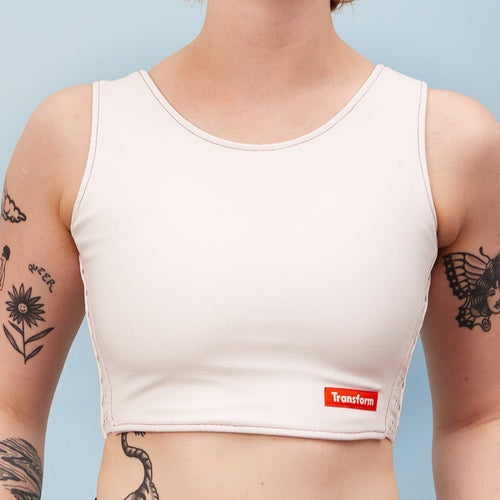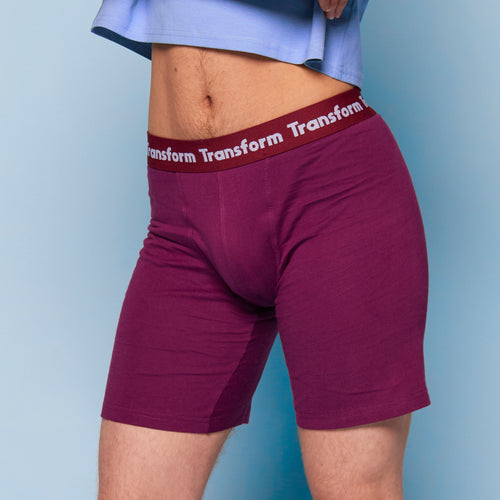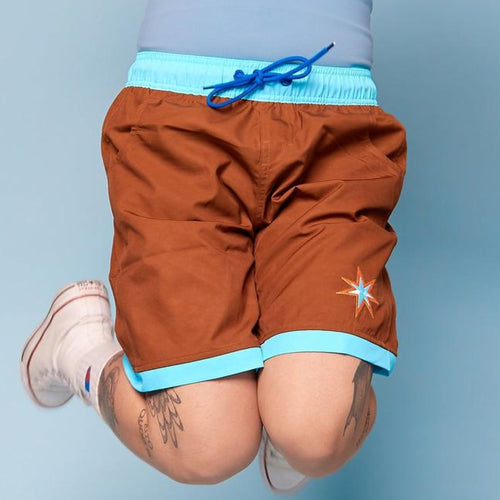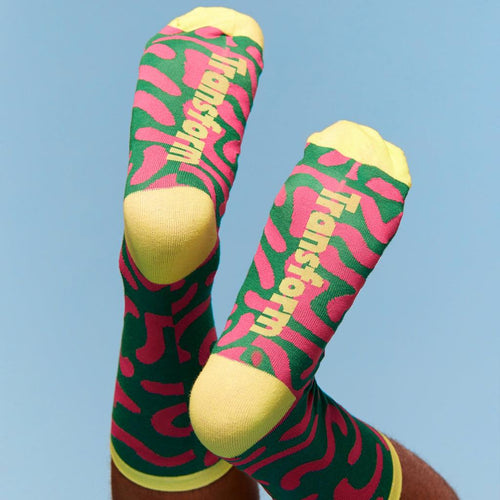Fashion has always been a language, and for queer communities in Australia, it’s a language of survival, joy, and identity. Clothing tells stories about who we are, who we resist being forced to be, and how we connect with our communities.
Early 20th Century: Subtle Signals
In early 1900s Australia, queer people often relied on small details to communicate safely. Accessories, colours, or tailored pieces could signal identity to others in the know. These codes were private but powerful — a way to connect while navigating societal hostility.
1970s–1980s: Pride and Protest
With the rise of LGBTQIA+ activism, clothing became more visible and political. Sydney’s first Mardi Gras protests in 1978 combined flamboyant fashion with powerful messages for equality. Leather jackets, glitter, and gender-bending outfits were tools for expression and defiance. During this period, drag culture — famously popularised by Priscilla, Queen of the Desert in the 1990s — pushed queer fashion into the mainstream while celebrating flamboyance and individuality.
1990s–2000s: Queer Culture Expands
Local queer clubs, art collectives, and community events created spaces where style became identity. People experimented with layering, colours, and garments that reflected gender expression. Gender-affirming clothing like binders and packing garments began to gain visibility, empowering trans and non-binary Australians to feel comfortable in public spaces.
2010s–Today: Everyday Expression and Affirmation
Now, queer fashion in Australia is more diverse than ever. From Pride socks to swimwear designed for trans and non-binary bodies, clothing is both practical and political. Every item you wear — whether it’s a packing boxer, a binder, or a Pride tee — is part of a long history of resistance and self-expression.












